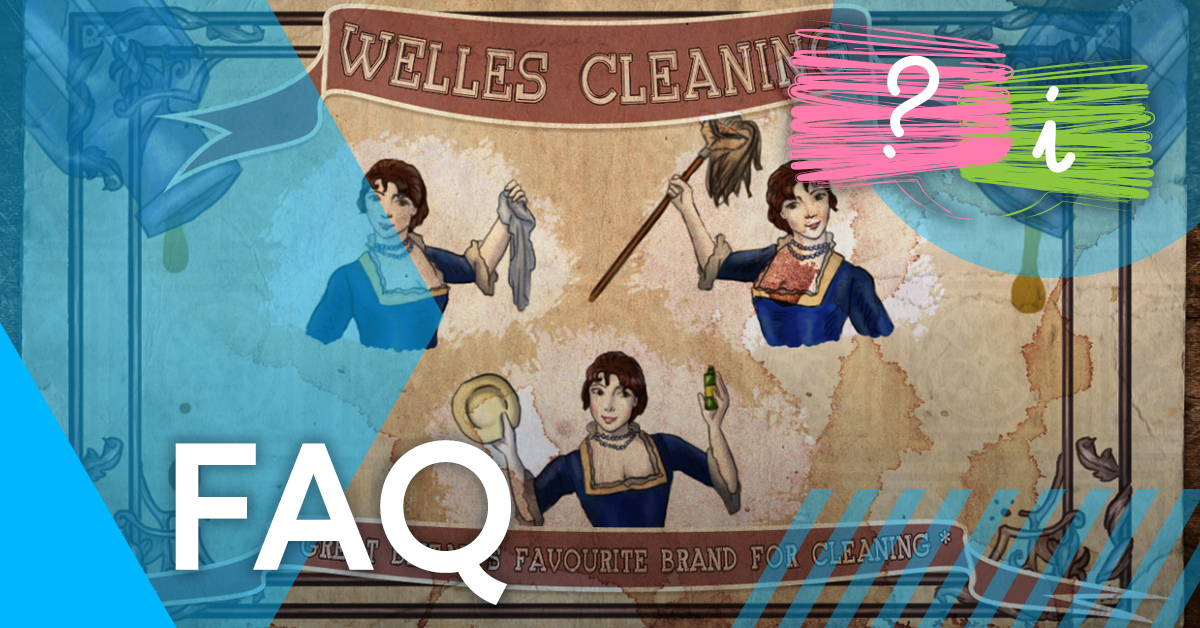LOLER Inspection Checklist
Posted 7 years ago

Every job has some level of risk about it – whether that job is changing a tyre or mopping floors, you should take time to analyse the risk factors involved in it because there are guaranteed to be some! However, some jobs do hold higher levels of risk than others – and some of the higher-risk work activities involve lifting operations. If lifting equipment isn’t properly operated & supervised it holds the potential to be very dangerous.
People in the workplace could be seriously injured if lifting operations and equipment aren’t geared for safety. Whether it is frequently used or not, lifting equipment is susceptible to very quick wear-and-tear, which poses the risk of failure – and therefore lifting equipment should be subject to regular and thorough inspections.
Inspection of lifting equipment and operations isn’t something that should be ignored or postponed, and the Lifting Operations and Lifting Equipment Regulations (1998) ensure that companies that use lifting equipment or carry out lifting operations must stay compliant with their legislation and make sure health & safety isn’t compromised.
Even if the lifting equipment that you purchase is brand-new, there is no guarantee that it’ll work perfectly for the next decade; it would be negligent to assume so. ALL EQUIPMENT FACES GENERAL WEAR-AND-TEAR, NO MATTER HOW CAREFULLY & INFREQUENTLY IT’S OPERATED.
Furthermore, lifting operations must be carefully planned and overseen by a qualified person to be safe and effective. By carrying out regular inspections of various aspects of lifting operations and equipment, risks can be easily reduced and dealt with.
What Should a LOLER Inspection Cover?
You must consider multiple areas when completing an inspection; it doesn’t just involve physically looking over the equipment!
The surrounding area, people involved in the operation, and other processes in the workplace impact on the lifting operation and the effectiveness of lifting equipment just as much as the physical integrity of the equipment itself.
The following areas should be covered during a LOLER inspection:
- Use of equipment
- Suitability of equipment
- Positioning and installing
- Strength and stability
- Organisation of lifting operations
- Marking lifting equipment
- Equipment for lifting people
- Attaching, detaching, and securing loads
- Suspended loads
- Storage
Online LOLER Training
LOLER can be a very confusing subject, and an analysis of the regulations is difficult to find. That’s why we have developed an Online LOLER Training course for anybody who uses lifting equipment and carries out lifting operations at work.
Our course is designed to give you an understanding of the regulations, how to select & locate the correct equipment, and how to maintain lifting equipment. Upon completion, you will receive your certificate and be one-step closer towards compliance with the regulations.
Interested in trying our LOLER Training course? Claim your free trial today! Alternatively, see all our other Construction Courses!
Great informative course – 5 stars
“These courses are great, my company use iHasco for all our training needs now. The fact l can do the course in my own time or at work is a great time saver. The LOLER course has precise information and put over in a really easy to understand way. Really helpful that you are given the opportunity to review each stage, or go over each section before the sort test.”

Jack Rosier
Content Executive
Related articles



Opt-in to our newsletter
Receive industry news & offers